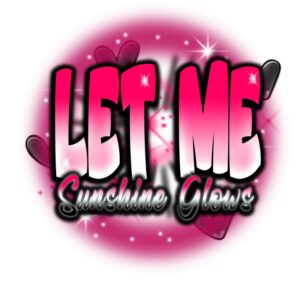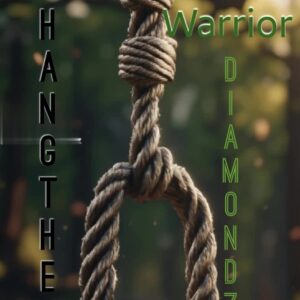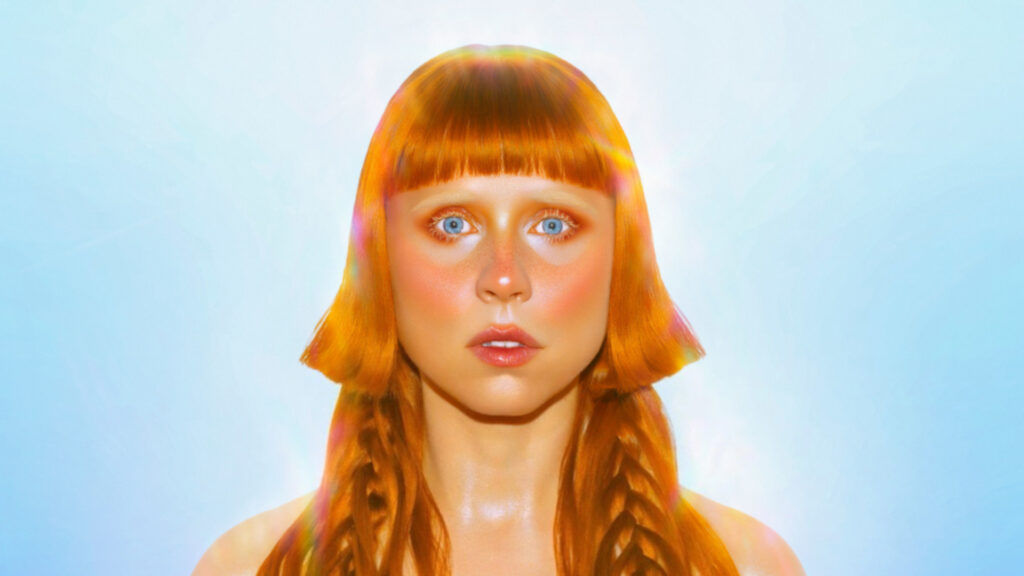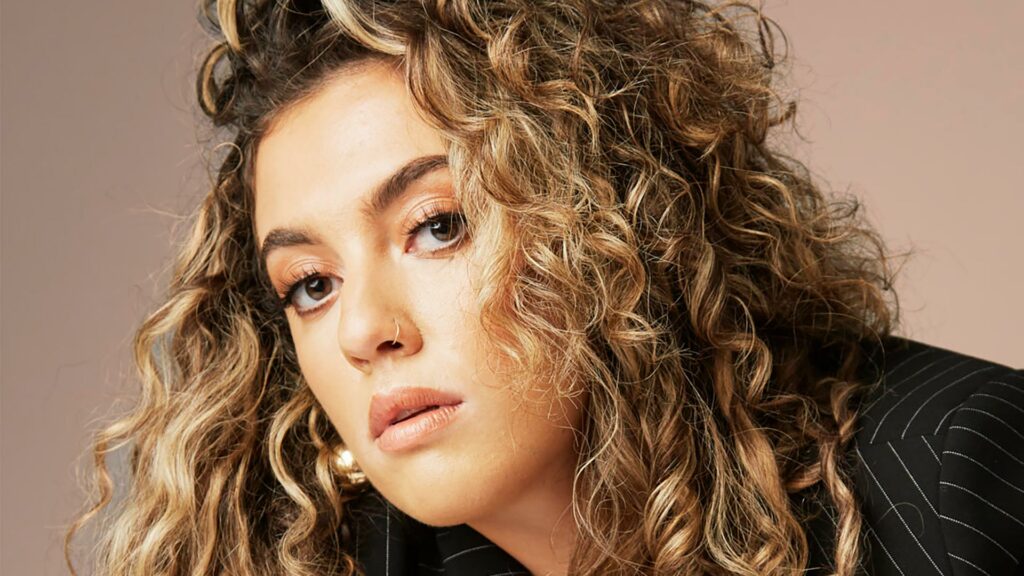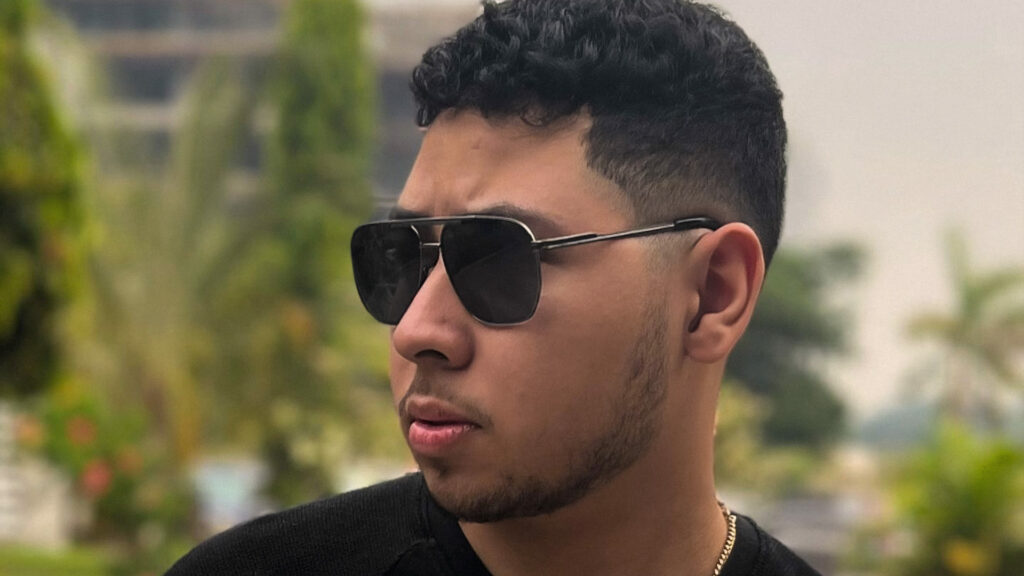In today’s music landscape, diversity isn’t just celebrated – it’s essential. As artists from all over the world continue to push the boundaries of genre and style, they draw inspiration from a myriad of influences, resulting in a rich tapestry of sound that defies categorisation.
Whether inspiration comes from great musical legends or close family and friends, what matters most is how those influences shape and impact you as an artist, fuelling your unique creative journey and shaping your artistic identity.
Sunshine Glows is a pop, R&B, and indie artist from North Carolina who incorporates diversity in her music by experimenting with an assortment of features. Implementing elements influenced by the likes of Beyoncé and Willow Smith, Sunshine Glows strives to keep her sound fresh. “The challenge I face is myself – I don’t want to put myself in a box but I feel like I have to create an audience. I overcome these challenges by realising that my true fans will stick beside my different sounds.”
Her newest single ‘Let Me’ successfully intertwines the serene sounds of R&B whilst similarly finding time to individually feature each instrument at some point in the song. As a listener you can decipher each melodic inflection – from the piano riffs to string fades, which only enhances the story.
Researching a particular sound or musical style from another culture before delving into your own songwriting is essential for accurate representation. Sunshine Glows explains, “I feel like diversity of music can lead to global cultural appreciation. Once you hear something that you like and make the effort to do research on that artist, you’re also learning about their culture, so you’ll have a better understanding overall.”
Creating your own sound also embodies the essence of diversity by breaking away from conventional norms and expressing unique perspectives. 17-year-old rapper LIL VMK from Brazil has done just that – he’s constructed a musical style called Questing Rap, which delves into discussions about the many issues of society.
“I gotta say I’m not that eclectic – I mainly only listen to rap, but I’ve got some EDM, rock, and emo-rap on my songs too. I focus on building my own thing. I can’t work on anything without hearing other similar songs first, and the impact this has on my work is inspiring! The emo-rap started to gain more traction through Linkin Park, as people noticed they could mix rock/guitars and emo culture with rap and hip hop.”
Yet, with the developments of AI in all sectors including the music industry, this has the potential to prioritise mainstream trends over diverse influences, stifling the emergence of unique voices and alternative genres. LIL VMK notes, “Now with AI you don’t even need a voice to be a rapper or a musician. Embracing diversity in all aspects of music makes the industry sound less… generic.” His track ‘Broken Promises’ unequivocally boasts a high level of individuality.
If you’re an artist who performs rhythmically dynamic genres such as Reggae, AI may not pose as significant an issue, as the emphasis on personal style and cultural influences can outweigh the constraints of algorithmic trends, allowing for a more authentic musical expression. Kester Phillip, otherwise known as Warrior Diamondz, is a songwriter and freestyle artist who combines Reggae, Dancehall, and Soca to create a rich tapestry of sound.
For Warrior Diamondz, his musical influences come from his mentors, and his close family circle has allowed him to feel confident in his musical choices. He explains, “Listening to my mentors inspires me in ways that I can only express in music, and through my daily lifestyle with every positive word. Also, encouragement from my sister to write my own lyrics and songs since they knew I liked writing in general was truly motivating.”
His track ‘Protect Them’ showcases his talent for genre versatility and expressive fluidity. Yet sometimes as you’d expect, this can be a challenge. “When experimenting with different sounds, finding the right pattern for a song and matching every single instrument to the rhythm can be tricky. I overcome this by constantly listening to the tracks on repeat, and not partaking in genres out of my league.”
Changing your musical style can be a positive for listeners, as it keeps their experience exciting, while also reflecting the diverse range of influences and experiences that shape your artistic evolution. VEOFFICIAL, an artist from Liverpool defies categorisation, as he creates music in a sparse variety of styles ranging from drill to hyper-pop to trap.
“While my main aim in my writing is to best replicate a certain style, I find that a lot of different elements from other styles and artists sort of leach into everything I make like tea diffuses into water”, he says. “I never really used to pay much attention to this ‘leaching’ as it would happen naturally but as I’ve come to notice it, it has become a tool to me. I liken it to a painter having new colours to paint with.”
Yet, as VEOFFICIAL has discovered, striving to replicate a specific sound can sometimes overshadow an artist’s individuality, hindering their ability to carve out a distinct identity in the music scene. “The way you develop a unique distinguished sound is through letting the pen move on its own, breaking the confines of genre, and allowing that ‘leaching’ of different influences into the creative process. When I am experimenting with different sounds, I find it best practice to just let the ideas flow without limits and then fine-tuning it after.”
His knack for musical fusion is evident in the song ‘GSW’, which combines the harmonic sounds from the likes of Makoto Matsushita with the infectious beats from Knucks – a formation of new ideas.
vÉ explains, “When I set out to make this song, I was going for Afrobeats/dancehall and I stumbled upon a beat by the producer Sylvester and it was very different to what I’d heard before because it was slower and it had the typical Afrobeats sort of drum pattern. I started writing and had a catchy melody to pair with it, but when recording it I thought something was missing. I thought to try and rap along with the singing and the arrangement provided a nice slate to switch between the two energies. The singing and rapping were two different interpretations of the beat from two different styles, although emanating in the same scene.”
Each artist has given us a peek into how they mix and match their unique musical flavours, showing us how they roll with the mashup of influences shaping their eclectic range of tunes.
Follow Sunshine Glows
Follow LIL VMK
Cover photo: Sunshine Glows by Flutterby photography
Next story